You Won’t Believe How Much These Everyday Items Cost in 1972
In 1972, a pocketful of change could cover dinner, a movie, and a tank of gas. Fast-forward to 2025, and those same items might not get you past the checkout line. What’s changed? Everything—especially prices.
We used historical data from the U.S. Bureau of Labor Statistics and archived ads to determine 1972 prices. For 2025, we looked at the latest national averages from government and industry sources. Real-world costs will vary depending on region, store, and brand, but the broad picture still stings. Fifty years ago, everyday items were astonishingly affordable by today’s standards.
Dozen Eggs (1972: $0.61 – 2025: $5.12)

Credit: Getty Images
Eggs were once so cheap you didn’t think twice about grabbing an extra dozen. But recent years have turned them into a sort of economic litmus test. Outbreaks, feed costs, and transportation woes sent prices flying. Even Dollar Stores aren’t safe anymore.
Gallon of Milk (1972: $0.33 – 2025: $4.00 – $4.50)
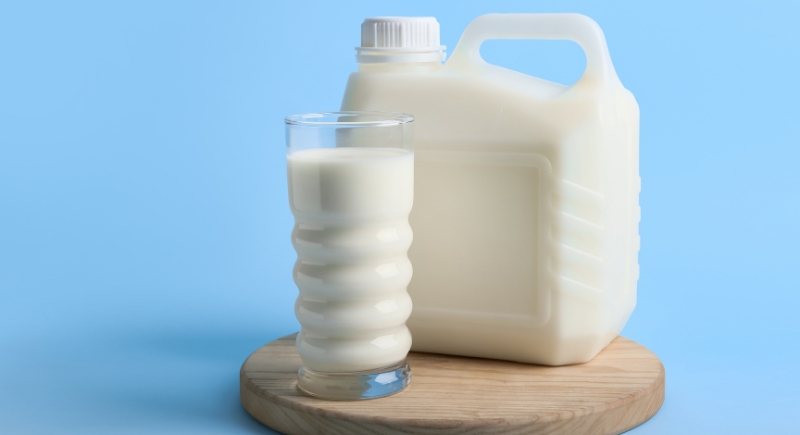
Credit: pixelshot
Milk’s reputation as a simple, wholesome staple has outlasted its price tag. Fuel prices, packaging costs, and national dairy production issues all play a part. Milk still does a body good–it just costs more to do it.
Loaf of Bread (1972: $0.25 – 2025: $1.75 – $2.50)
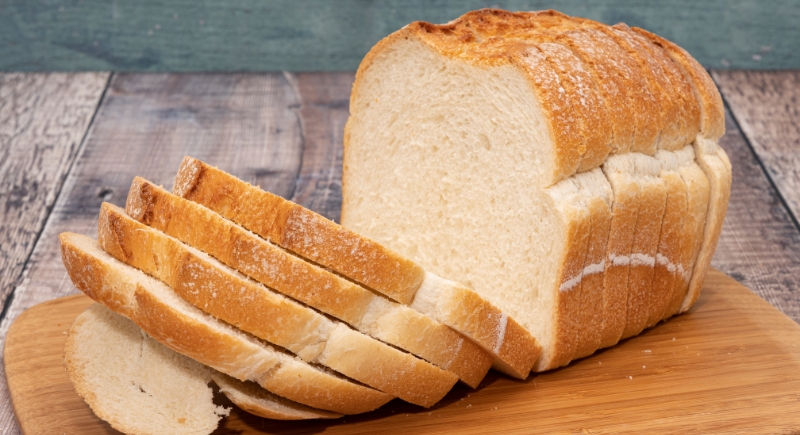
Credit: Getty Images
Bread never made headlines, but it’s always been an indicator of economic tension. In tough times, prices nudge upward—not dramatically, but persistently. That’s what’s happened here. A basic loaf is still attainable, but bakery-style or specialty grains? You’ll feel that markup long before you spread the butter.
Pound of Bacon (1972: $0.97 – 2025: $7.01)
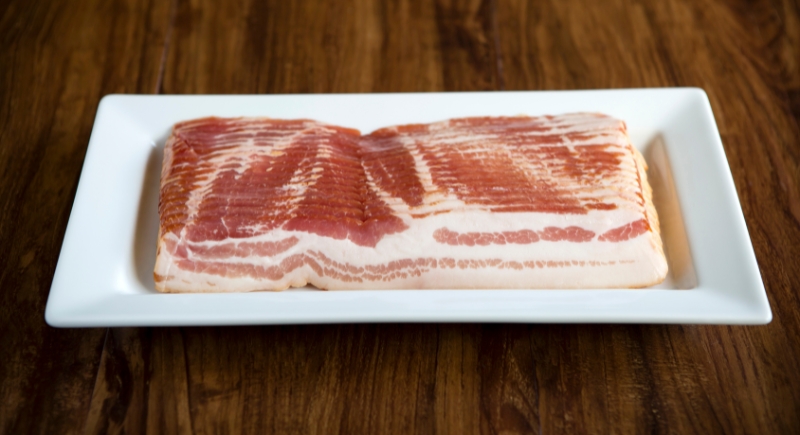
Credit: Getty Images
No one needed a bacon trend in the 2010s to know this was the crown jewel of breakfast. But once the internet turned it into a meme and pork producers wrestled with costs and disruptions, prices surged.
Pound of Ground Beef (1972: $0.65 – 2025: $5.80)
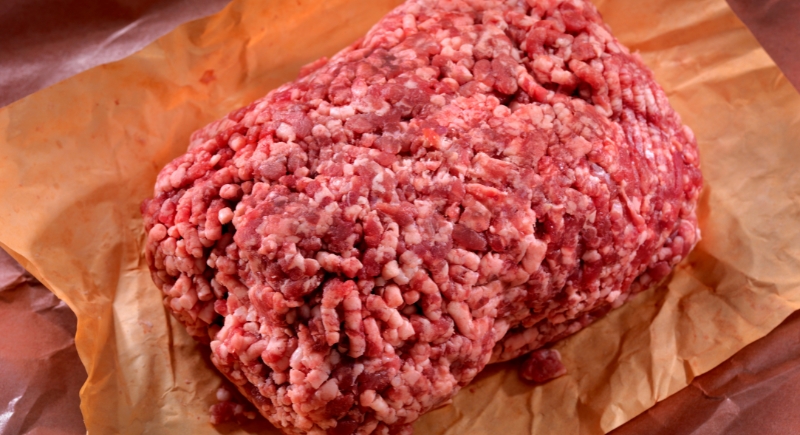
Credit: Getty Images
Ground beef used to be the default dinner solution—sloppy joes, chili, tacos. It fed families without eating into paychecks. Today, shoppers hesitate, checking fat percentages and sale tags. The prices are up, even for the fattiest blends, and as for lean beef? That’s starting to flirt with steak-tier spending.
Gallon of Gasoline (1972: $0.36 – 2025: $3.18)

Credit: Getty Images
Gas wasn’t just cheaper, it was also simpler. Pull up, fill up, and maybe tip the attendant. Current pricing swings dramatically depending on region, geopolitics, and refinery quirks. Electric cars are gaining ground, but for millions, gas is still non-negotiable—and so is the shock when the pump clicks off.
New Car (1972: $3,900 – 2025: $48,641)
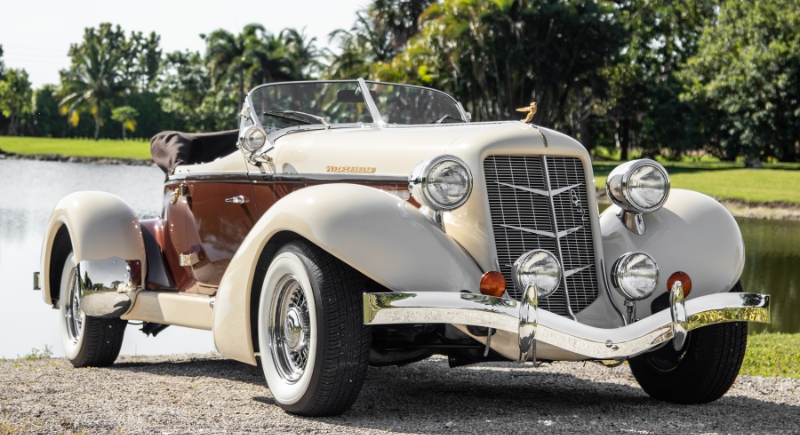
Credit: pexels
The sticker shock today isn’t just about inflation but about tech. Touchscreens, sensors, and safety features that didn’t exist in the 1970s are standard. That doesn’t make the $48.6K average easier to swallow.
Average House (1972: $27,000 – 2025: $503,800)

Credit: Getty Images
In 1972, the average home cost what a used SUV does now. Buying a house in modern times often requires a down payment bigger than the full cost of one back then. Interest rates and location matter, but nationally, the dream of homeownership has shifted from “expected milestone” to “maybe, someday.”
Man’s Suit (1972: $70 – 2025: $300–$600)

Credit: Canva
A good suit used to be a one-time investment and a rite of passage. However, nowadays it’s often a niche purchase for weddings, interviews, or courtroom visits. Fewer workplaces require them, and prices have crept up quietly. Tailoring costs extra, and off-the-rack rarely means affordable when quality’s the goal.
Movie Ticket (1972: $1.75 – 2025: $12.22)

Credit: Getty Images
A night at the movies in 1972 was affordable, effortless entertainment. But between ticket prices, popcorn, and parking, it’s become a mini splurge. Streaming might be cheaper, but there’s still something about sitting in the dark with strangers, especially when you’ve paid enough to expect Dolby-level drama.
College Tuition (Private, 4-Year) (1972: $3,740 – 2025: $43,350)

Credit: pixelshot
Talk about a financial mutation. What cost less than a used car is currently rivaling the price of a small house. Private colleges, especially, have seen staggering hikes. Grants help, loans follow, and graduates often emerge with degrees on one hand and decades of debt on the other.
Cola (6-Pack) (1972: $0.69 – 2025: $5.00)
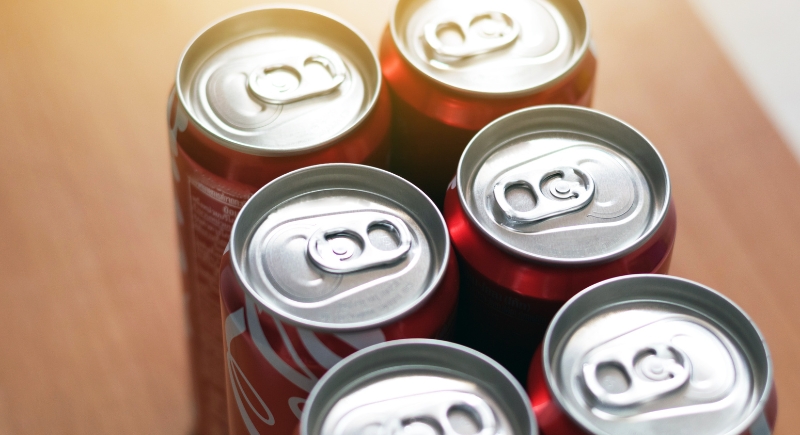
Credit: Canva
There was a time when tossing a six-pack of soda into your cart barely dented the bill. Now, depending on the brand and the aisle, you might just find yourself looking at the cost of a full meal. Sugar taxes, packaging changes, and marketing muscle have transformed this fizzy impulse into a measured decision.
Pound of Coffee (1972: $1.59 – 2025: $8.00 – $20.00)
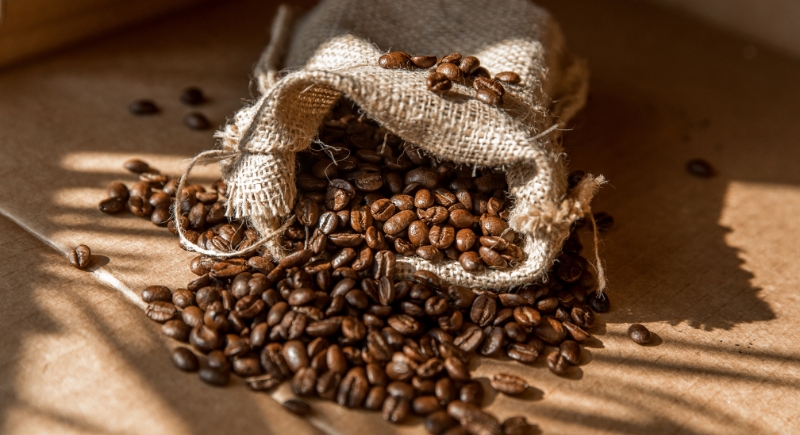
Credit: pexels
Your grandparents didn’t need a $15 latte because they brewed strong and cheap at home. Coffee was a staple with stable pricing, but climate shifts, global demand, and specialty blends have pushed prices higher. The cost of getting caffeinated hits harder than a double espresso ever could.
Quart of Orange Juice (1972: $0.31 – 2025: $4.44)
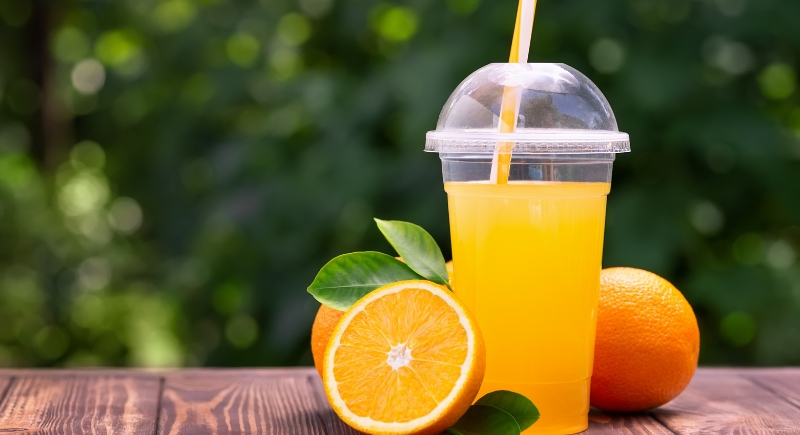
Credit: Getty Images
Florida frosts and citrus diseases shrank the supply and spiked prices. A basic breakfast pour of orange juice has become an occasional purchase for many households. Even the cartons are smaller now.
Box of Cereal (1972: $0.50 – 2025: $3.50 to $7.00)
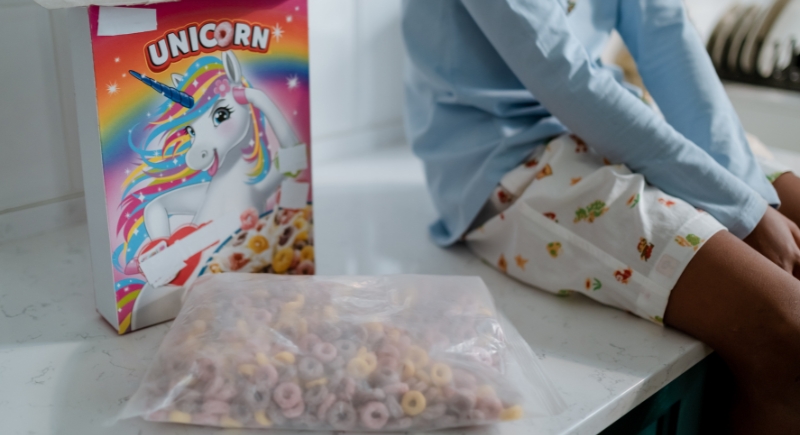
Credit: pexels
Cereal used to be cheap, sweet, and bottomless—at least according to the commercials. As of recent times, a mid-sized box can cost more than a deli sandwich. Packaging got louder, portions got smaller, and prices crept up.